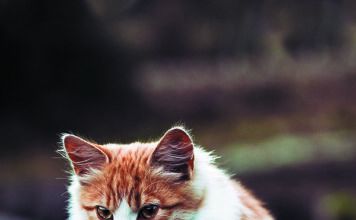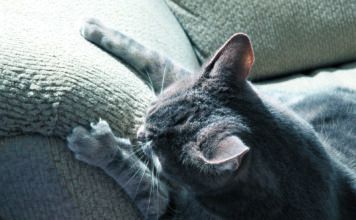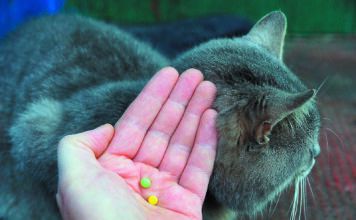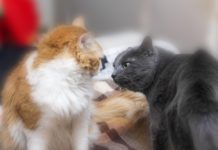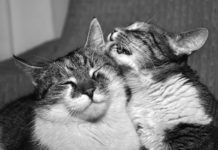Cat Bites: Serious Business
Irreconcilable Differences in a multi-cat home?
Positive Steps in solving multi-cat dilemmas
Help! My Siamese Cat Bites Me!
How to Stop Cats from Eating Non-Food Items
To Hire a Cat Sitter, or Not to Hire?
[From Tufts April 2012 Issue]
How guilty should you feel when you leave your cat alone for a few days?
If your cat is healthy, not very, say the veterinarians at Tufts Cummings School. "You can't be a prisoner in your own home. You can't never go on holiday," maintains the head of our Animal Behavior Clinic, Nicholas Dodman, BVMS. Even Dr. Dodman's own tabby, Griswold, who is deaf but likes to cuddle and comes running to be tickled and petted when he feels the vibration of footsteps, has to make do without housemates when the Dodmans are out of town for a couple of days.
Fellow Tufts vet Linda Ross, DVM, agrees that a cat in good health can be left alone sometimes. "Some of my cats do get lonesome," she says. "And they like to…

